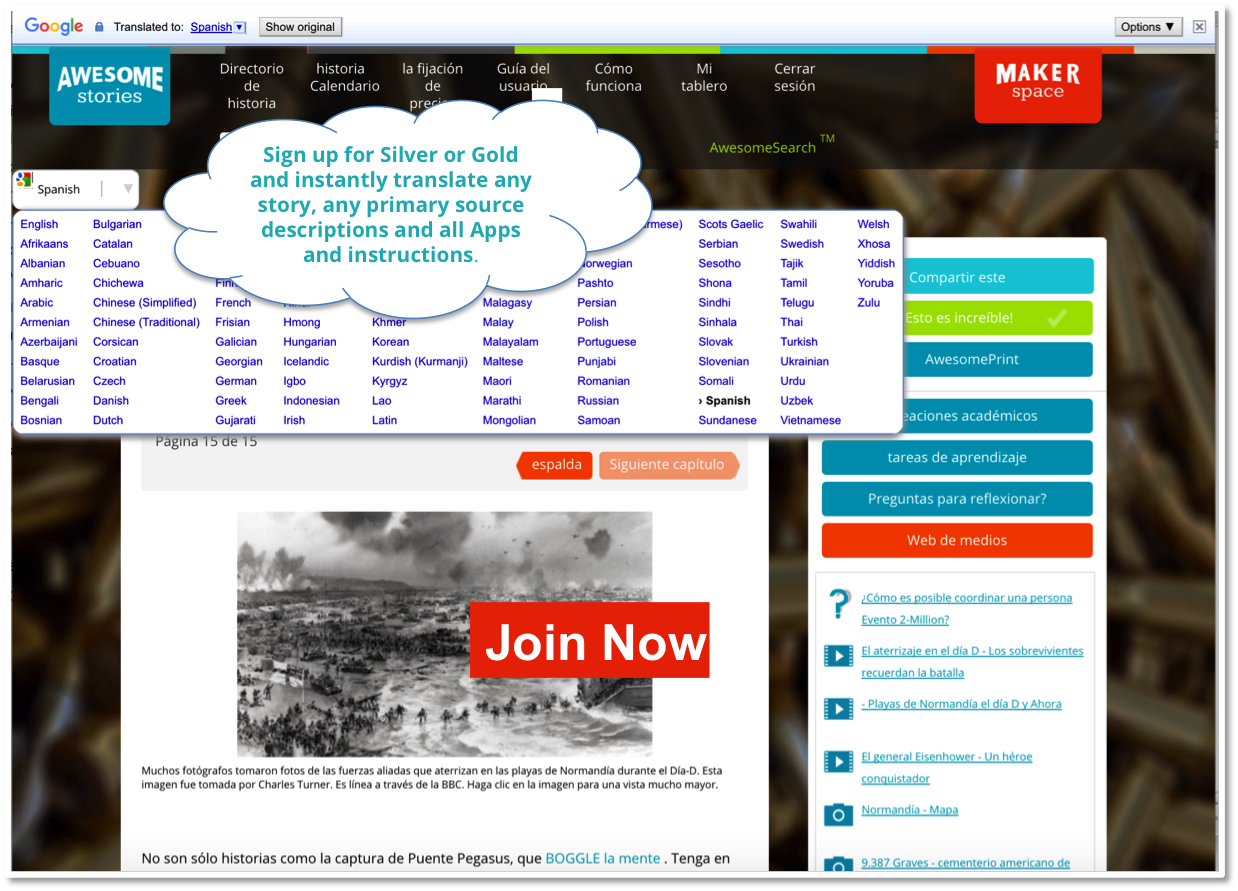This historic film footage, taken by the Edison Film Company, depicts the state of ruin in San Francisco, following the April 1906 earthquake and subsequent fire.
Although he is known for all types of inventions, Thomas A. Edison (who was born on February 11, 1847) is less well-known for the many films - of various disasters, among other things - which his company recorded.
The following are examples, from those early days of moving pictures, when a new form of communication provided the public with a more in-depth way to learn about breaking news. Edison called these films "actualities" because they depicted actual events:
Aftermath of an Earthquake
Disastrous Effects of an Earthquake
Edison Film - 1906 San Francisco Earthquake
San Francisco - City of Horse-Drawn Carriages in 1906
San Francisco Earthquake - Historical Footage, Army Aids City
Impact of a Major Earthquake - San Francisco, 1906
Galveston - Scenes from the Great Storm of 1900
Searching for Bodies in Galveston
Presidential Funerals - William McKinley
Electric Chair - Execution Simulation
As early as 1888, Edison (seen here, in the 1880s,) was working on moving film:
I am experimenting upon an instrument which does for the eye what the phonograph does for the ear, which is the recording and reproduction of things in motion ...
Edison had a great deal of help from his assistant, William Kennedy Laurie Dickson. The product of their labor was not just a way to make films, it was the production of early movies. The Library of Congress tells us more:
Edison's laboratory was responsible for the invention of the Kinetograph (a motion picture camera) and the Kinetoscope (a peep-hole motion picture viewer). Most of this work was performed by Edison's assistant, William Kennedy Laurie Dickson, beginning in 1888.
Motion pictures became a successful entertainment industry in less than a decade, with single-viewer Kinetoscopes giving way to films projected for mass audiences. The Edison Manufacturing Co. (later known as Thomas A. Edison, Inc.) not only built the apparatus for filming and projecting motion pictures, but also produced films for public consumption.
Most early examples were actualities showing famous people, news events, disasters, people at work, new modes of travel and technology, scenic views, expositions, and other leisure activities. As actualities declined in popularity, the company's production emphasis shifted to comedies and dramas.
The Library of Congress has a collection of Edison's films - 341 of them, to be exact. The earliest example is a camera test from 1891.
Media Credits
Historic film footage, by Edison Company. Lead image, clip from that footage.
Video online, courtesy Library of Congress.




